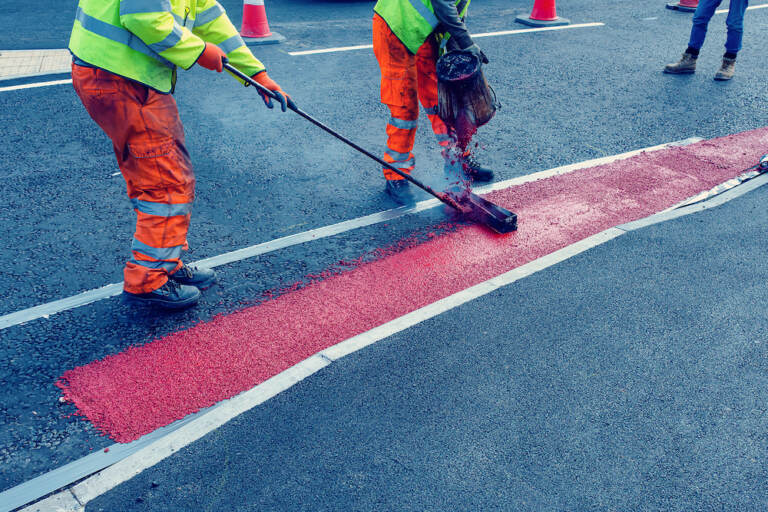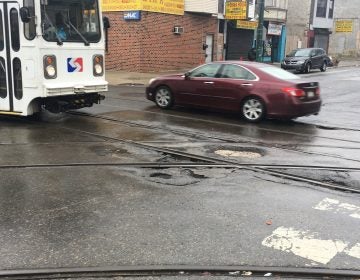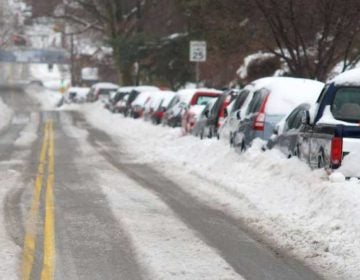Designing Safer Streets
Listen 50:23
Road workers applying hot red road marking paint on new build road
In the early days of the pandemic, life on the streets changed. Traffic was clear, and the roads felt nearly deserted. Bumper-to-bumper commutes gave way to free and easy drives. So it came as a shock when it turned out that motor vehicle deaths had surged to nearly 40,000 people in 2020 — a jump of more than 20% per mile driven. How could this happen with far fewer drivers on the road?
On this episode, we take a look at road safety, and what researchers are learning about it. What are the factors — besides human error — that contribute to greater safety or danger on the roadways? Can we design our way to safer streets? And if so, what does that look like? We’ll hear stories about subtle cues that can get drivers to slow down, finding a safer way to merge, and what’s really at the bottom of potholes.
Also heard on this week’s episode:
- We talk with Bevan Kirley and Wes Kumfer, researchers at the University of North Carolina Highway Safety Research Center, who focus on crash analysis and safety education, and how human behavior impacts our driving.
- There is an empirically safer and more efficient way for drivers to merge where one lane ends, and all the cars have to move to the remaining lane — it’s called the zipper merge. But despite years of promotion, it remains controversial and drivers are reluctant to try it. Reporter Alan Yu looks into why.
Segments from this episode
WHYY is your source for fact-based, in-depth journalism and information. As a nonprofit organization, we rely on financial support from readers like you. Please give today.






